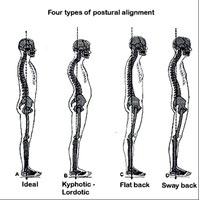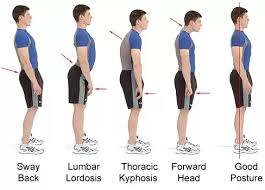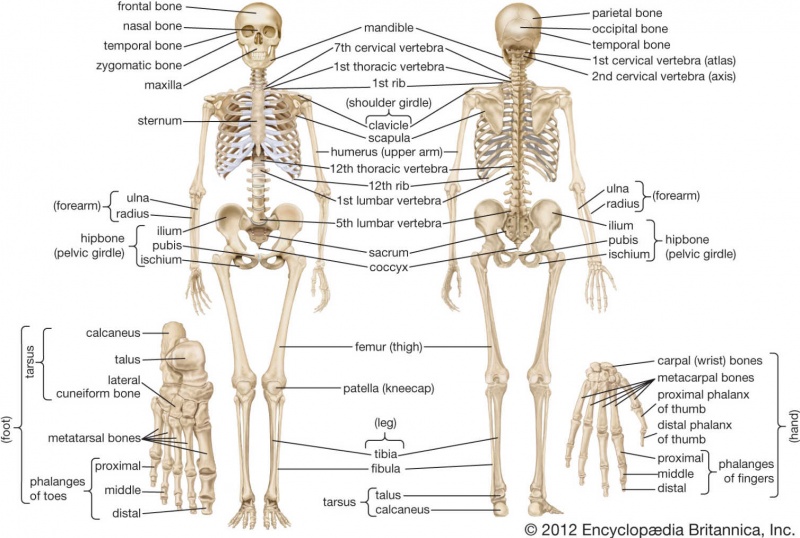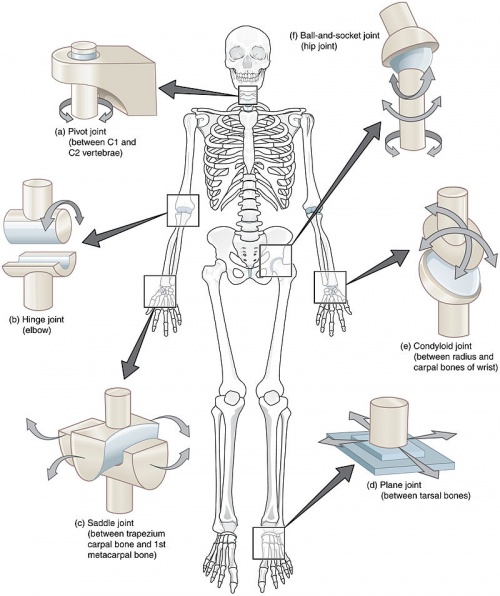Body Mechanics 101: Difference between revisions
Jump to navigation
Jump to search
| Line 66: | Line 66: | ||
=See Also= | =See Also= | ||
*[[Muscles]] | |||
*[[Ergonomics]] | *[[Ergonomics]] | ||
*[[Computer Workstation Ergonomics]] | *[[Computer Workstation Ergonomics]] | ||
Revision as of 21:33, 2 August 2019
Introduction
Just like machines follow rules of design for proper motion - so does the human body. Here are some important things to know.
Chiropractic 101
- Chiropractic 101 - explaining that chiropractic is about allowing nerves to have an unrestricted path within the cavities of your spine - [1]
- Crack your own back - basic alignment - Youtube in 5 minutes - [2]
What is Good Posture
- See this - [3]
- Good posture is a confidence boost - [4]
Skeletal System and Motion
Synovial Joints
Ones that move fully.
Orthopedic Physical Therapy
https://www.verywellhealth.com/orthopedic-physical-therapy-4013256 . Robin MacKenzie - named #1 orthopedic therapist in the world in 2004 - [5]
Lower Back Pain
10 Exercises
Mechanical Diagnosis and Therapy
- 80% of adults get low back pain - [9]
- Goniometer, also an app can do it - [10]
- Range of motion exercises - increase range of motion. Active, passive, active-assisted. [11]
- Good test is MacKenzie diagnosis - [12]
- Side Glide and prone press up - with video - [13]
- CAT scan or MRI can detect disc herniation. 33% of the population have disc abnormalities - [14]
- Determining correct lordosis angle - [15]. See Lordosis Angle.
Extreme Health
How do you know that you are stretched, aligned, and flexible? This includes addressing any injuries - as stretching and flexibility may not be possible with injuries.
- PNF streching - [16]
- What are optimal ways to stretch and purify? We know several best practices, and what if we put them to one for rapid alignment and stretch? First, start with elements:
- Heat, sweat, Bikram yoga
- Cold
- Stretch
- Chiropractic
- Quantifying range of motion
- Quantifying joint 'clicking'
- Topical solutions such as Epson salts for drawing material out
- Sweating
- Water and other liquid intake
- Foods/medicines intake
- Hanging, rolfing, massage, acupressure, acupuncture
- Aerobics, pliometrics
- Meditation and inner work
- Breathing
- Surgery
- Micro muscle tears (weight lifting)
- Prosthetics and exoskeletons
- Exercise balls, belts, props
- Cognitive Behavioral Therapy
- Sunlight
- Tai chi
- Body lock (bandha), mudra



